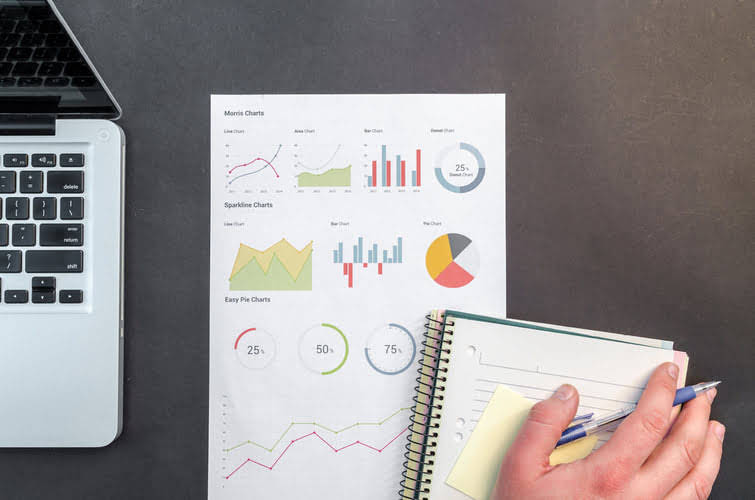
As these times are closely related to the “purchases and trade payables”, students often confuse and record them in the P L Control Account. An example of a purchases ledger control account including interest charged by suppliers for late payment and contra set-offs shown in blue, is given below. A sales ledger includes an account for each customer, the same as a purchase ledger. However, it records the money you receive for products and services you sell and what’s still owed. This then gets included in your annual accounts and on your balance sheet as accounts receivable. They would write up the purchase invoices and any payments in a thick leather-bound book.

It would also be credited to the supplier’s account in the Purchases Ledger. Total of Trade payables balances at the end of the current accounting period. Total of Trade payables balances at the end of the previous accounting period. Purchase Ledger Control Account is also referred to as a “Trade Creditors Control Account”. It indicates the total amount a business entity owes to its suppliers at a particular point in time.
Accounts Payable Control Account
It’s critical for your business to have a system in place that records all sales and purchases. Not only will it make information accessible on a regular basis, but you can monitor and control performance and cash flow. Without efficient bookkeeping processes, creating and updating management accounts would be time-consuming.
Also known as the “Trade debtors control A/C”, it shows the total trade debtors of a company at a given time. In other words, the sales ledger control account, shows the total of the amount owed to a business by its customers at a particular point of time, i.e. the total of Accounts Receivables. Both the sales account and the sales ledger control account are contained in the nominal ledger and are therefore part of the double entry bookkeeping system. The purchase invoices are used to enter details into the book of prime entry which, for credit purchases, is the purchases journal (purchases day book).
What is the Purchase Ledger Control Account?
As was the case with the SLCA, additional transactions can appear in the PLCA which would be recorded using a journal and then posted to the General Ledger and the relevant supplier accounts in the Purchases Ledger. The Purchases Ledger Control Account purchase ledger control account (often abbreviated to “PLCA”) can be found in a business’ General Ledger. It records transactions that affect the amount of money owed by the business to its credit suppliers and is used to calculate the total amount owed to the suppliers.
- Total of Trade payables balances at the end of the previous accounting period.
- For example, “accounts receivable” is the controlling account for the accounts receivable subsidiary ledger.
- Double Entry Bookkeeping is here to provide you with free online information to help you learn and understand bookkeeping and introductory accounting.
- You can consent to processing for these purposes configuring your preferences below.
We’re going to conclude the series by having a more in-depth look at cash and credit transactions in double entry bookkeeping systems, using the purchases function to illustrate how everything fits together. Within the purchase ledger, every supplier will have their own account, which can get known as a Supplier Account. And it will include purchase invoices, purchase credit notes and any payments made. The source documents are used to enter details into the book of prime entry which, for payment transactions, is the cash book. For example, two cash payments might be paid, one to supplier A for 175, and a second to supplier B for 70. The two main transaction types for accounts payables are credit invoice purchases transactions, and the payment of cash to suppliers.
Time Value of Money
Thus, Purchase Ledger Control Account is credited if its balance increases & debited if its balance decreases. The balance of the PLCA should equal the sum of the balances of the individual supplier accounts. Purchase ledger control account is a part of a balance sheet and a short-term liability. The nominal ledger is where all of the individual ledger accounts are gathered and is also sometimes called the ‘main ledger’ or the ‘general ledger’.
- The information in the purchase ledger is aggregated periodically and posted to an account in the general ledger, which is known as a control account.
- However, if he has a query from Emily, then the PLCA balance is no use to him, as it’s a summary of all the activity to do with credit purchases.
- They would write up the purchase invoices and any payments in a thick leather-bound book.
- As this control account contains the summarized information of all the trade payables accounts in the purchases ledger, it is also called as “Total Trade Payables Account”(“Total Creditors Account”).
- Purchase ledger control account is a part of a balance sheet and a short-term liability.